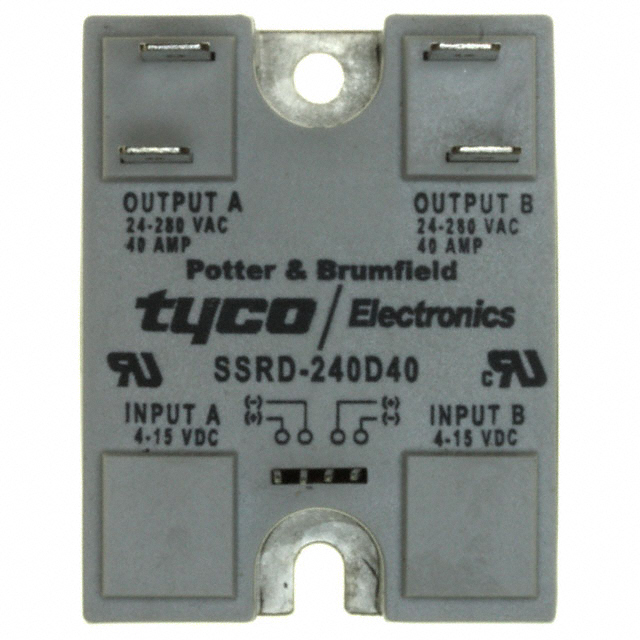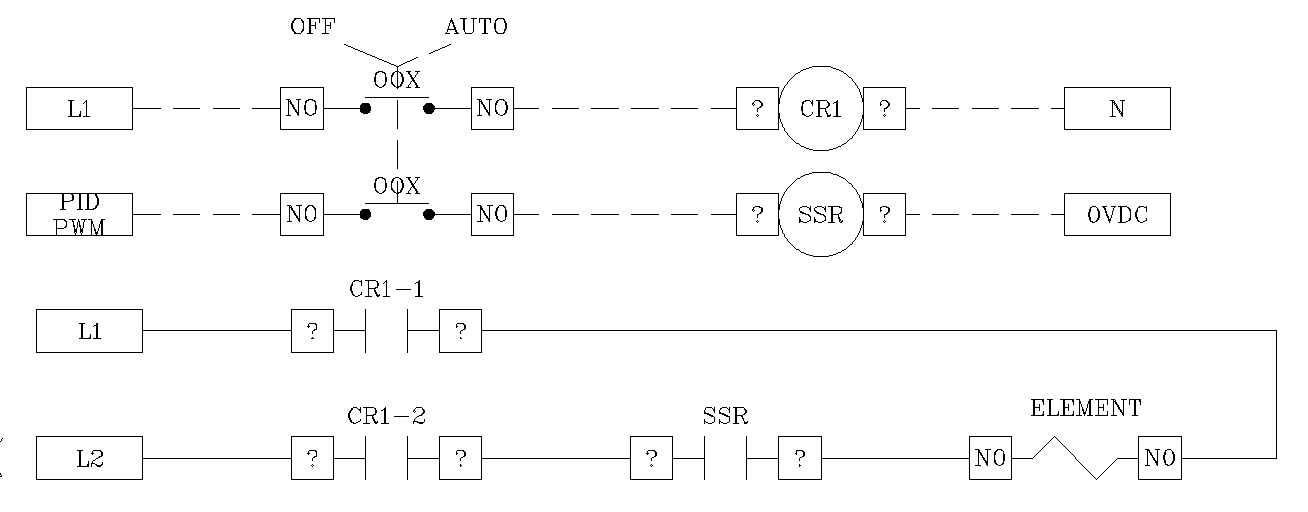Here's the latest in my quest to eliminate propane/natural gas from my brew day. This kettle will accompany my big ass boiler in a yet-to-be-constructed rig. The welded fitting came from Bargain Fittings, and the element is a 5500W Camco ultra low watt density unit that I found at Amazon. Here are the test results with approximately 18 gallons of water in the kettle:
0 mins - 85° F (tap water in south Texas is WARM!)
10 mins - 108° F
20 mins - 130 ° F
30 mins - 149° F
40 mins - 168° F
50 mins - 183° F
60 mins - 196° F
70 mins - 204° F
80 mins - 209° F
82 mins - 210° F (boiling at 1,000' MSL)
Though the test case took an hour to get to boiling, it will take significantly less time to achieve a boil in practice, as the mash will hit the kettle at 160-180° F. Also, the inefficiency of an uninsulated kettle is obvious in my test results. The heating rate decreases dramatically as the water temperature increases above room temperature. A little insulation should really help. I plan to control the element with a microcontroller, a solid state relay, and a simple algorithm using pulse-width-modulation.



0 mins - 85° F (tap water in south Texas is WARM!)
10 mins - 108° F
20 mins - 130 ° F
30 mins - 149° F
40 mins - 168° F
50 mins - 183° F
60 mins - 196° F
70 mins - 204° F
80 mins - 209° F
82 mins - 210° F (boiling at 1,000' MSL)
Though the test case took an hour to get to boiling, it will take significantly less time to achieve a boil in practice, as the mash will hit the kettle at 160-180° F. Also, the inefficiency of an uninsulated kettle is obvious in my test results. The heating rate decreases dramatically as the water temperature increases above room temperature. A little insulation should really help. I plan to control the element with a microcontroller, a solid state relay, and a simple algorithm using pulse-width-modulation.







 One less vessel and one less transfer.
One less vessel and one less transfer.
